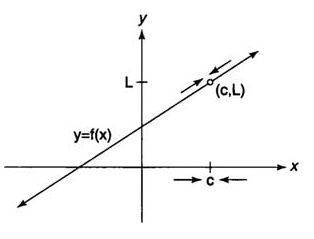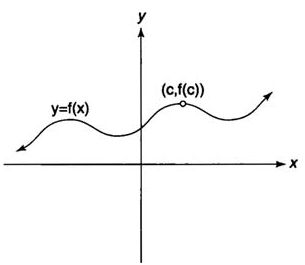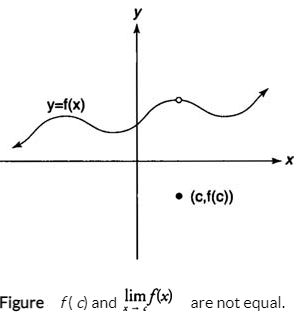- Books Name
- AMARENDRA PATTANAYAK Mathmatics Book
- Publication
- KRISHNA PUBLICATIONS
- Course
- CBSE Class 11
- Subject
- Mathmatics
Chapter 13
Limits and Derivatives
Intuitive idea of limits and Derivatives:
The concept of the limit of a function is essential to the study of calculus. It is used in defining some of the most important concepts in calculus—continuity, the derivative of a function, and the definite integral of a function.
A limit tells us the value that a function approaches as that function's inputs get closer and closer to some number. The idea of a limit is the basis of all calculus.
The limit of a function f( x) describes the behavior of the function close to a particular x value. It does not necessarily give the value of the function at x. You write , which means that as x “approaches” c, the function f( x) “approaches” the real number L

Fig. The limit of f(x) as x approaches c.
In other words, as the independent variable x gets closer and closer to c, the function value f( x) gets closer to L. Note that this does not imply that f( c) = L; in fact, the function may not even exist at c (Figure 2) or may equal some value different than L at c .

f ( c) does not exist, but ![]()

If the function does not approach a real number L as x approaches c, the limit does not exist; therefore, you write ![]() Does Not Exist. Many different situations could occur in determining that the limit of a function does not exist as x approaches some value.
Does Not Exist. Many different situations could occur in determining that the limit of a function does not exist as x approaches some value.

 KRISHNA PUBLICATIONS
KRISHNA PUBLICATIONS
